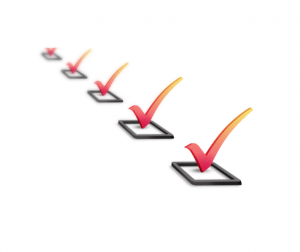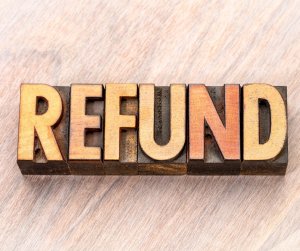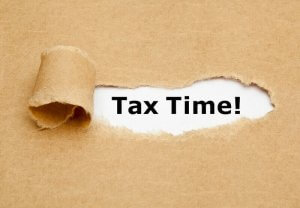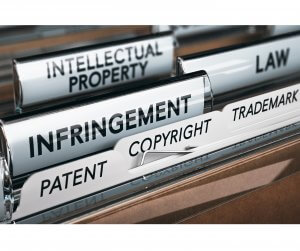Selling on Amazon? It has its challenges. Find out if you’re ready for the new year with our list of 21 e-Commerce Trends in 2021. It’s your go-to for fresh ideas, selling tips, design hints, Amazon forecasts, and emerging 2021 e-commerce trends. Download The Infographic on E-Commerce Trends for...
Loading...
Reading time: 6 minutes
The numbers are in and we can safely say that Black Friday 2020 was a resounding success for online retailers. But has this Thanksgiving weekend changed your fortunes, as an Amazon seller? More importantly, will Black Friday Cyber Monday 2020 affect you in the long run? For Amazon sellers,...
Reading time: 7 minutes
What to Expect and How to Get Ready The holiday season - each year it’s bigger, earlier, and more challenging than the one before. No wonder Amazon sellers are eager to get on with their 2020 Q4 prep! But this year, you can’t win the Buy Box if you...
Reading time: 3 minutes
Editor’s note: This is a guest post by Boyan Ilchov @888lots. If you are someone that is selling online, and you are looking for more goods to put for sale and make profit, one of the ways to do that is through liquidation platforms. What are liquidation platforms? When...
Reading time: 5 minutes
As we adapt to a new reality, one thing is becoming clear. The economic impact of coronavirus lockdowns is far-reaching and lasting. But since the spread of COVID-19, eCommerce has been faced with fresh challenges. And they have less to do with lockdowns and more to do with global...
Reading time: 5 minutes
What to Do when Buyers Expect Too Much What do you do when customers demand a refund, but refuse to return an item? Do you quote the return policy? Or do you risk letting Amazon refund without return? With the latest Amazon policy update, there’s really only one way...
Reading time: 8 minutes
Editor's note: This is a guest post by Jenny Ayres, Corporate Marketing Director @TaxJar. Every year various states offer sales tax holidays and/or tax-free weekends, which delight shoppers and store owners, but can pose a challenge when it comes to tax collection. Below TaxJar has outlined the 2020 sales tax...
Reading time: 5 minutes
They say it’s never too late to learn. Well, if your account is suspended for Intellectual Property infringement (IP infringement), you probably disagree. We’re here to show you there’s still hope. Here’s how to handle a complaint on Amazon about IP infringement. A couple of years back, the harsh...
Reading time: 5 minutes
BFCM 2019 may be behind us, but the hype is still going strong. Find out what happened in the lead up to Cyber Monday, including everything we know about Amazon BFCM sales. Read on to see how the Black Friday bonanza will affect your business this holiday season. Every...
Reading time: 5 minutes
With 2020 only weeks away, now’s the time for third party sellers to start working on their return strategy. But how can merchants make Amazon return policy work for them? We bring you 10 holiday returns best practices to help inform your decision-making. Third-party sellers have their own ways...
Search The Blog
Subscribe To The SellerEngine Blog
Top 70 Ecommerce Blogs
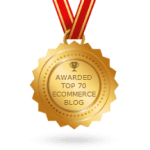
Fit Small Business




